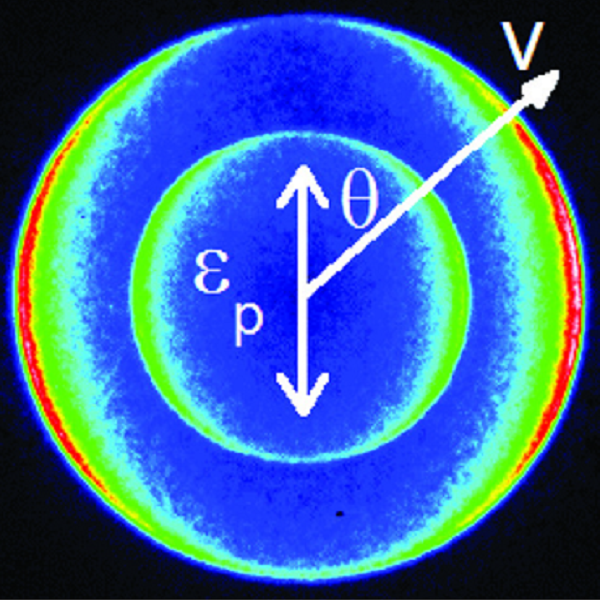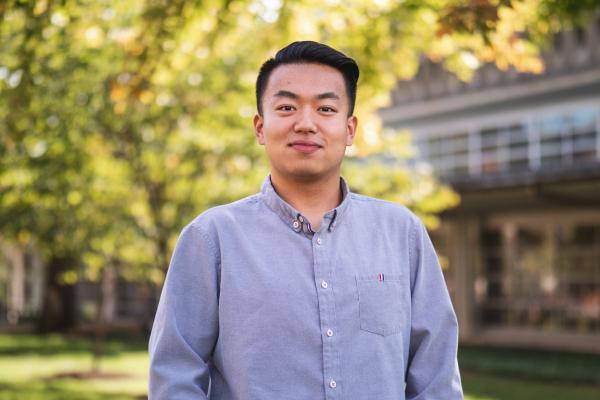Physical Chemistry & Chemical Physics
At the intersection of physics and chemistry, physical chemistry studies the underlying physical phenomena which drive every aspect of chemistry. The quantitative nature of physical chemistry is employed to analyze chemical compounds and architectures at an atomic or molecular level in order to provide insight into chemical structure and function. This field is broad and encompasses biophysical chemistry, materials science, theoretical chemistry, radio chemistry, and nuclear chemistry.
Affiliated Faculty
Joe Fournier
Physical chemistry, laser spectroscopy, cryogenic mass spectrometry, ultrafast reaction dynamics, proton transfer reactions, ion hydration
Sophia Hayes
Optically-pumped NMR, solid state NMR of semiconductors, thin films, CO2-capture materials, catalysts, minerals and geochemical systems. NMR tensor computations for data-enabled science
Kade Head-Marsden
Computational and physical chemistry, open quantum systems, quantum computations and algorithms, electronic structure calculations.
Dewey Holten
Physical and biophysical chemistry, primary reactions of photosynthesis, tetrapyrrole photophysics, ultrafast optical spectroscopy
Rich Loomis
Physical and materials chemistry, semiconductor nanomaterials, ultrafast laser spectroscopy, single-molecule microscopy, quantum-confinement effects, next generation solar cells, chemical reaction dynamics, clusters, ion time-of-flight mass spectrometry, velocity map imaging
Richard Mabbs
Physical chemistry/chemical physics, anion and cluster anion photoelectron spectroscopy, reaction dynamics, static and femto-second optical spectroscopy, electron molecule interactions, photodissociation of anionic species
Yusuke Okuno
Biophysical Chemistry, Solution-state NMR, Protein-ligand/protein-protein interactions, Protein hydration, Neurodegenerative diseases
Jay Ponder
Computational chemistry, molecular dynamics simulation, force fields, biomolecular structure, drug design, electrostatics in biology
Courtney Reichhardt
Biochemistry, physical chemistry, solid-state NMR, confocal laser scanning microscopy, electron microscopy, biofilms
Bryce Sadtler
Solar energy conversion, light-matter interactions, catalysis, nanoscale materials, single-particle fluorescence imaging
Lee Sobotka
Nuclear stability, structure and reactions between nuclei, the nuclear many-body problem, development of advanced detectors and electronics for the detection of ionizing radiation, radiation therapy and medical imaging.
Rob Wexler
Computational chemistry and physical chemistry, computational and theoretical materials chemistry, sustainable energy and environmental remediation, data science and machine learning.

see also:

I still remember the first time when I met my advisor, Bryce Sadtler. He showed me around in lab and talked with me about research. I felt respected and that experience enhanced my motivation to do research. As a member of WashU chemistry department, everyone can befriend and support to each other in such unique community. Bryce and other professors in chemistry help me a lot with my courses and academic issues. Constructive suggestions and inspiring ideas coming from them show the direction to my success.
―Dongyan ZhangPhD Candidate, Sadtler Lab